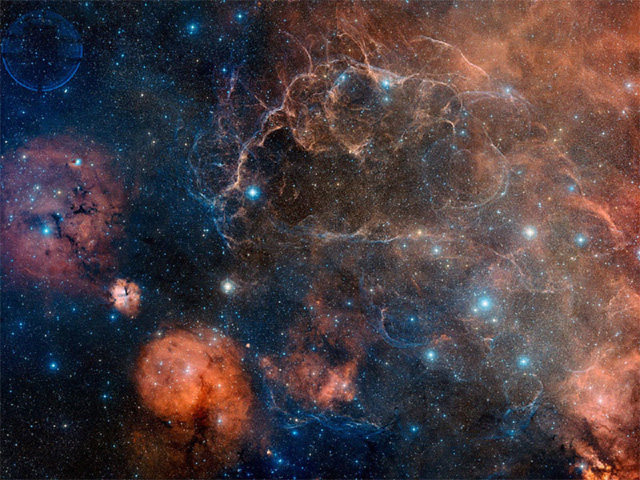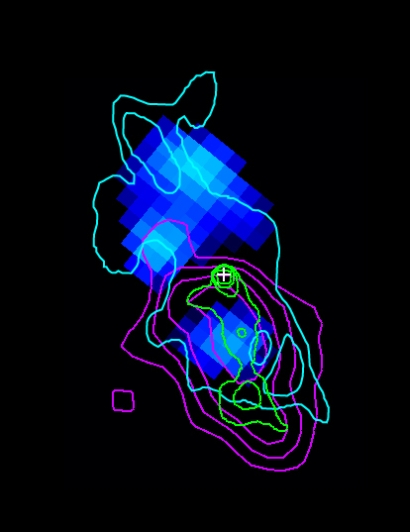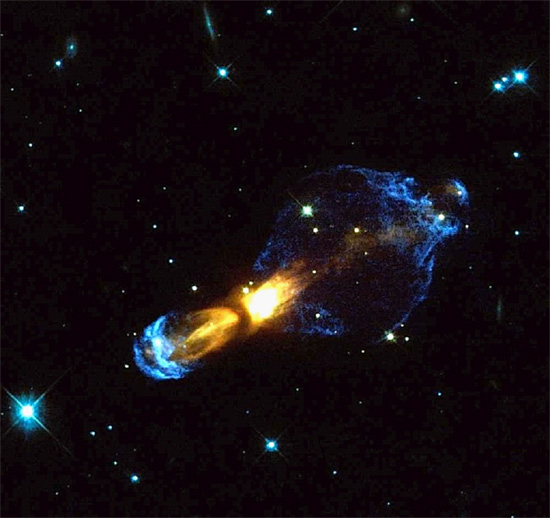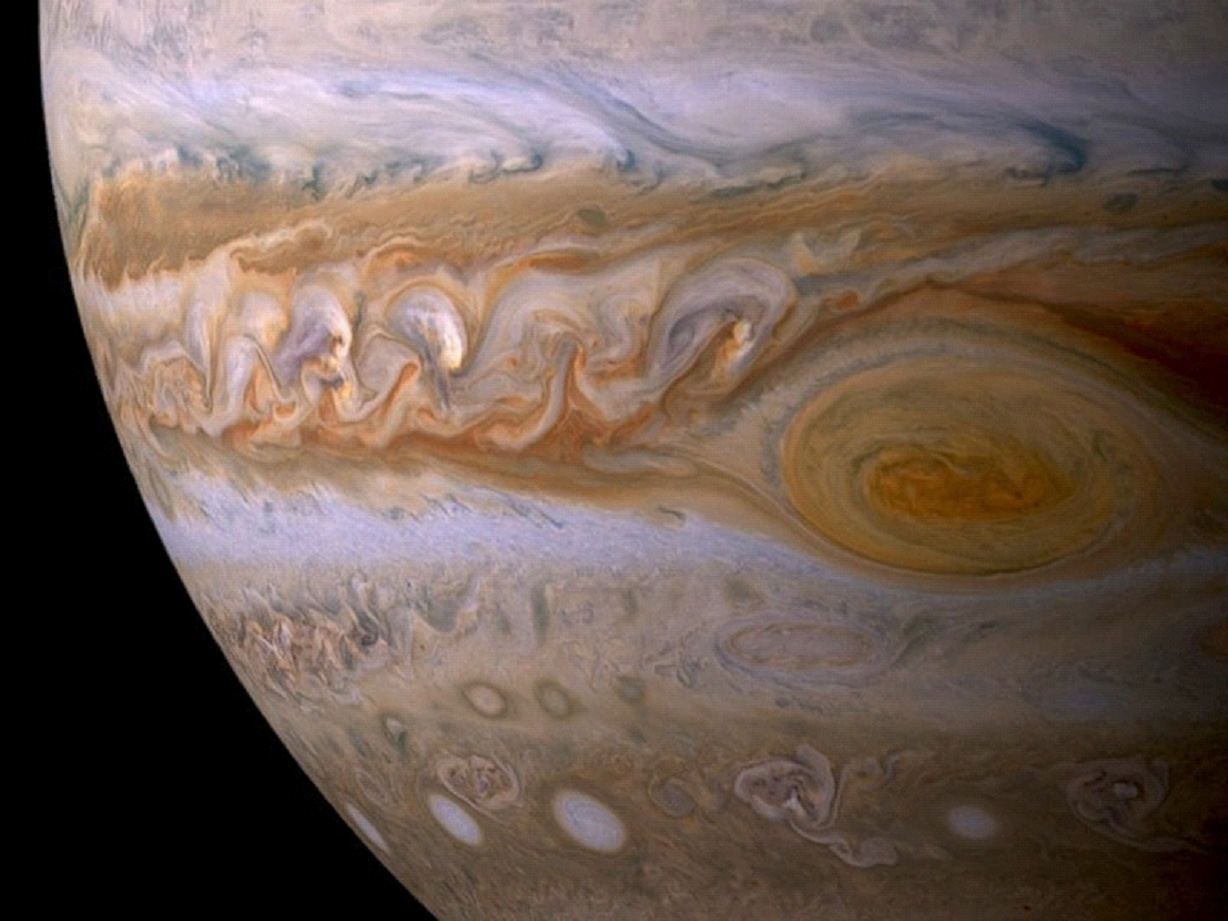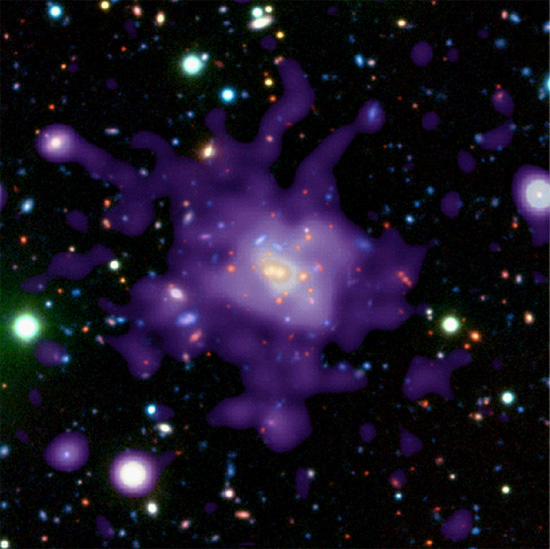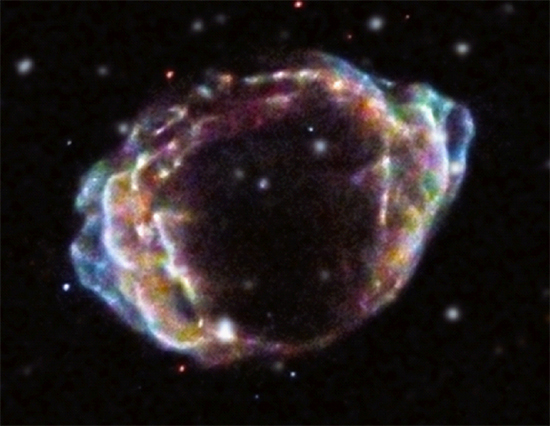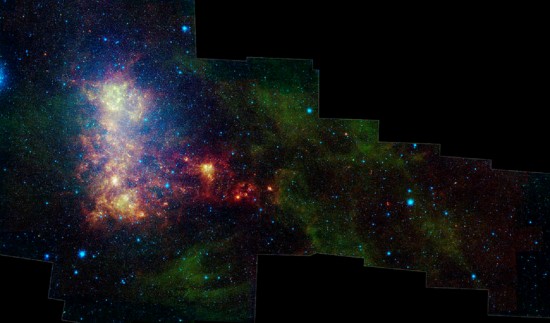Dusty Plasma
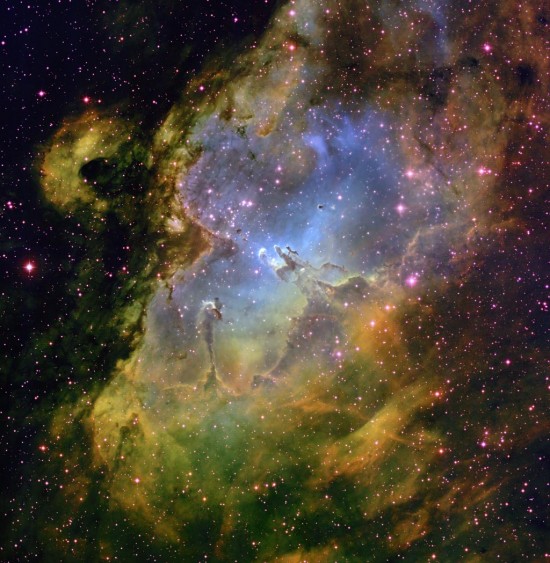
Jul 15, 2013 Spiraling filaments suggest electric currents in space. Dust at a temperature near absolute zero shows up in the image above as a blue fog deep in the heart of the Eagle nebula. The Eagle nebula, located in the constellation Serpens approximately 7000 light-years away, is supposedly an active…





